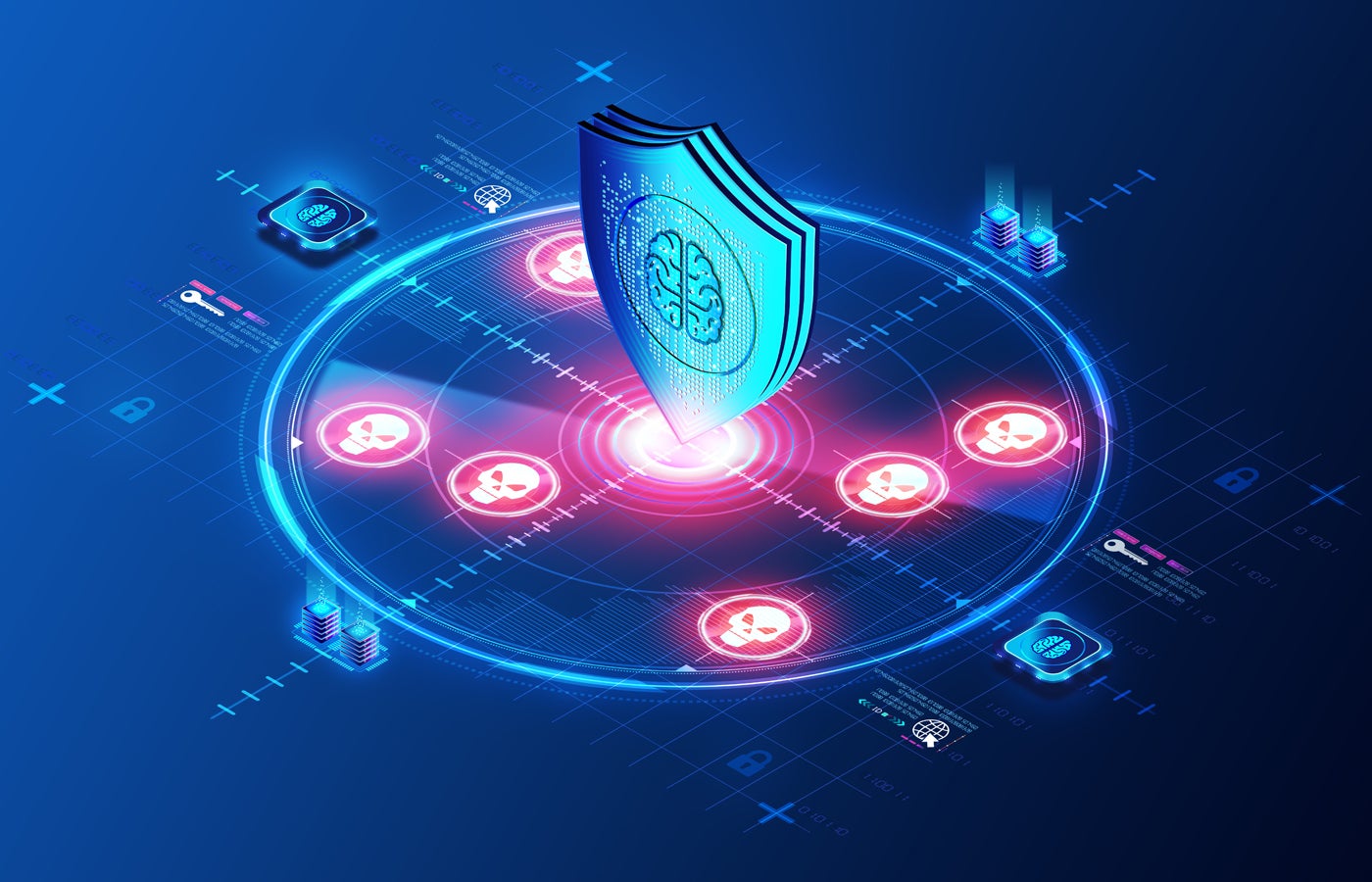- I recommend the Pixel 9 to most people looking to upgrade - especially while it's $250 off
- Google's viral research assistant just got its own app - here's how it can help you
- Sony will give you a free 55-inch 4K TV right now - but this is the last day to qualify
- I've used virtually every Linux distro, but this one has a fresh perspective
- I replaced my JBL speaker with this surprise alternative. Here's why it's my new top pick
Australian IT Spending to Surge in 2025: Cybersecurity & AI Focus

New Gartner forecasting suggests that IT spending in Australia will surge 8.7% to AU$147 billion in 2025. This boost in spending is projected to be driven by a “perfect storm” of interest in AI, ongoing requirements around cyber security, and the need to refresh hardware as Windows 10 goes out of service, Gartner representatives say.
Strategic investments in cyber security and AI
In an interview with TechRepublic, Andy Rowsell-Jones, Gartner distinguished VP analyst, said that while AI investments are often seen as progressive efforts toward innovation, many enterprises are actually investing for different reasons — including as a defensive measure against cyber security threats.
“When you talk to IT leaders, there’s definitely a sense that they are genuinely worried that GenAI is going to upset the economics of the industry,” he said.
The Gartner report indicated that CIOs and other IT leaders are prioritising managing cyber security and other technology risks, with 82% of technology executives considering it a key focus. The Australian government’s goal of becoming a leader in cyber security may contribute to these results.
Additionally, with breaches becoming more frequent, many organisations are eager to avoid the growing costs and reputational damage that come with cyber attacks.
“Cybersecurity looks set to remain at the top of the investment list, as highly publicized data breaches this year keep executives worried about a potential fallout,” said in a statement.
Rowsell-Jones noted that companies are engaged in an “arms race” to stay ahead of the curve and their competitors, with investments less focused on discovering new AI innovations and more on adopting proven use cases that have already demonstrated value to the sector.
SEE: Why Your Business Needs Cybersecurity Awareness Training (TechRepublic Premium)
Hardware rebound: Devices and infrastructure spending
Another factor driving IT spending in 2025 is the need to upgrade hardware — particularly due to the rollout of Windows 11. Many devices running Windows 10 will not be eligible for an upgrade to Windows 11, as Microsoft’s latest operating system requires specific hardware to support its integrated AI features.
Windows 10 goes out of service in 2025. Any companies that haven’t refreshed their device fleet will face some major cyber security and operational challenges. This isn’t necessarily an investment that tech executives would want to make, but with the end-of-service date rapidly drawing closer, many companies should start to audit their environments and build a new strategy.
The deepening skills gap in IT
As businesses ramp up their IT spending, realizing the full scope of the CIO’s vision is being hindered by the nationwide skills shortage. Consequently, companies may increase spending on third-party services to access the skills needed to deploy solutions, which can lead to relatively limited customization.
“Most organizations are going to be dependent on their vendors… and this will mean they will use the products and tools that their vendors use,” Rowsell-Jones said.
Consistent growth across sectors
The trends driving IT spending are consistent across Australia and apply to organisations of all sizes. Rowsell-Jones pointed out that while some sectors, such as banking, traditionally invest more in IT, industries such as construction and retail are also maintaining strong levels of spending relative to years’ past.
“The cement companies might not have a traditionally high IT spend, but it is increasing because AI and cybersecurity touches them too,” he explained. “Meanwhile, banks and law firms haven’t suddenly started doubling their budgets.”
A year of positive momentum
While the broader economic environment remains strained, Gartner’s forecasting for IT spending suggests that organisations aren’t going to have a negative mindset in 2025.
However, it may still be a challenging year for CIOs and other IT decision-makers. Research from ADAPT suggests that only a small percentage of IT budgets is being allocated to innovation, meaning that, despite budgets increasing, CIOs are focused on responding to the immediate needs of the organisation.
“The CIO hasn’t got much of a choice but to spend big next year,” Rowsell-Jones said.
With spending set to grow by nearly 9%, it would seem that Australian businesses are gearing up for a transformative year. Investments made in 2025 will work to ensure that organisations are well-equipped to compete in an increasingly digital world.

